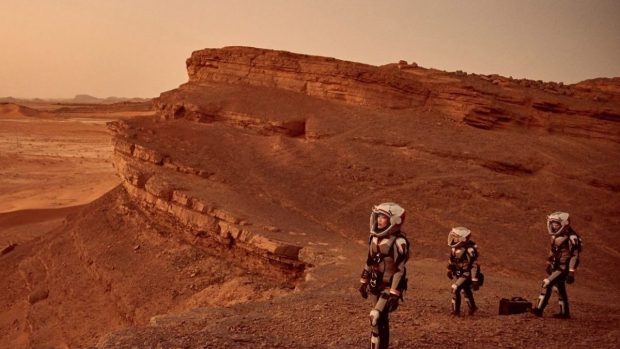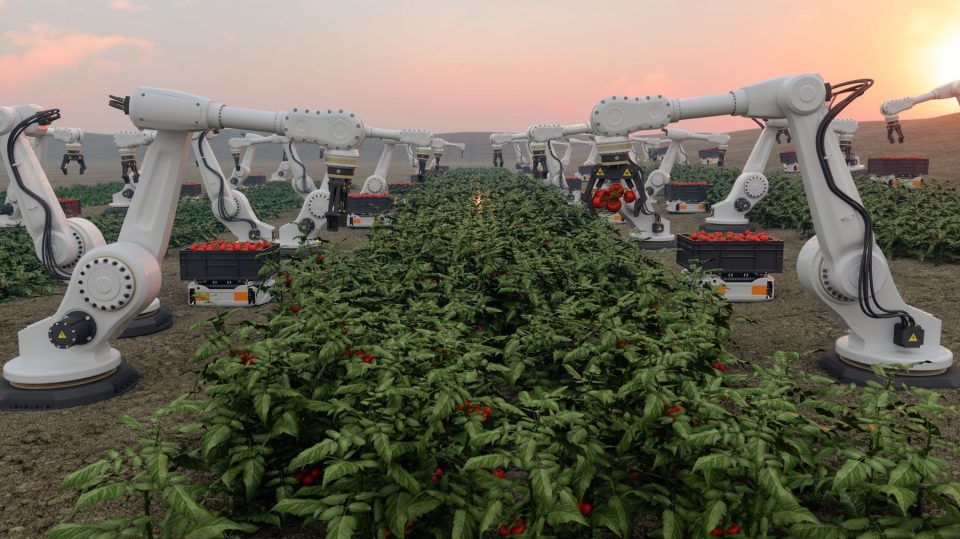Experiments
The tomato plant experiment in space is an example of scientists conducting innovative research.

Space has always been a fascinating place for mankind. For decades, scientists have been studying The possibility of colonizing other planets and establishing space bases For future work. However, one of the biggest challenges for astronauts is the lack of fresh food during long-duration missions. To solve this problem, scientists are conducting experiments to grow plants in space, and the tomato plant experiment is one of the most notable.
Tomato plant in space
Tomato plant test mission in space Developing microgravity farming techniques and providing fresh and sustainable food For astronauts during long-duration space missions. Tomatoes are an excellent choice for this experiment because of their nutritional value and ability to grow in adverse conditions.
The experiment was carried out aboard the International Space Station (ISS) in collaboration with the European Space Agency (ESA) and NASA. The scientists used a hydroponic growing system, plants are grown in water instead of soil. This allows greater control over plant nutrition and watering.
The first step in the experiment is to send tomato seeds to the ISS by space rocket. Once at the station, Astronauts planted seeds in a special substrate Designed for microgravity cultivation. As the plants grew, their growth was carefully monitored and changes were made to light, temperature and nutrient levels to ensure optimal growth.
The problem of lack of gravity
One of the major challenges facing scientists is the lack of gravity in space. on earth, Gravity plays an important role in plant growth, helps anchor the roots to the soil and allows water and nutrients to move through the plant. In space, scientists have had to find creative solutions to overcome this obstacle.
To simulate gravity in space, scientists a A centrifugal system that spins plants at a constant speed. This allowed the plants' roots to be anchored to the substrate and water and nutrients to be evenly distributed.
There was another important challenge Exposure to cosmic radiation. Space is full of radiation that is harmful to living things, including plants. To protect plants from radiation, scientists developed a special material that acts as a protective shield. This material blocks radiation without blocking the light needed for plant growth.
Fruits will arrive
After months of maintenance and monitoring, Tomato plants began to bear fruit in space. ISS astronauts got a chance to enjoy fresh tomatoes grown in space, a major achievement for the experiment.
This tomato plant test in space is an important step towards developing sustainable growing systems in space. In addition to providing astronauts with fresh food, plants growing in space will help purify air and recycle water, creating a healthy environment for astronauts.
This experiment is the start of what could be a revolution in the way humans explore and colonize space.

